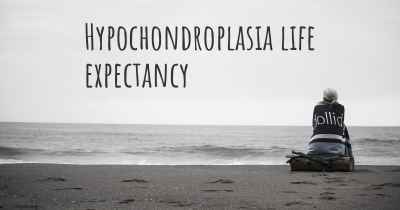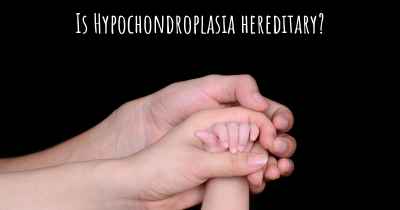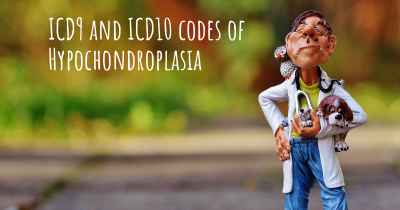What is the history of Hypochondroplasia?
When was Hypochondroplasia discovered? What is the story of this discovery? Was it coincidence or not?

Hypochondroplasia is a genetic disorder that affects bone growth and development. It is characterized by short stature, particularly in the limbs, and various skeletal abnormalities. This condition is considered a form of dwarfism, but individuals with hypochondroplasia typically have a milder form of short stature compared to other types of dwarfism.
Historical Background:
The history of hypochondroplasia dates back to the mid-20th century when it was first recognized as a distinct medical condition. The term "hypochondroplasia" was coined in 1965 by Dr. Maroteaux and his colleagues, who described a group of individuals with short stature and skeletal abnormalities that differed from other types of dwarfism.
Clinical Features:
Hypochondroplasia is caused by mutations in the fibroblast growth factor receptor 3 (FGFR3) gene. This gene provides instructions for making a protein that is involved in the regulation of bone growth. Mutations in the FGFR3 gene lead to overactivity of the protein, which disrupts normal bone development.
Individuals with hypochondroplasia typically have a normal-sized head and trunk, but their limbs are shorter than average. The condition is often diagnosed in early childhood when growth delays become apparent. Other common features include a prominent forehead, short fingers, and a mild curvature of the lower spine (lordosis). Some individuals may also experience joint stiffness or limited range of motion.
Genetic Basis:
Hypochondroplasia is inherited in an autosomal dominant pattern, which means that a person only needs to inherit one copy of the mutated FGFR3 gene from either parent to develop the condition. In some cases, the mutation occurs spontaneously in an individual with no family history of the disorder.
Prevalence:
The exact prevalence of hypochondroplasia is unknown, but it is estimated to occur in approximately 1 in 15,000 to 40,000 individuals. It affects both males and females equally and occurs in all ethnic groups.
Diagnosis and Management:
Diagnosing hypochondroplasia involves a combination of clinical evaluation, radiographic imaging, and genetic testing. X-rays can reveal characteristic skeletal abnormalities, such as shortened long bones and a squared appearance of the iliac wings (part of the pelvis).
There is currently no cure for hypochondroplasia, and treatment focuses on managing the symptoms and associated complications. Regular monitoring of growth and development is important to ensure appropriate interventions are implemented. Physical therapy may be recommended to improve joint mobility and muscle strength. In some cases, surgical interventions, such as limb lengthening procedures, may be considered to address significant limb discrepancies.
Conclusion:
Hypochondroplasia is a genetic disorder characterized by short stature and skeletal abnormalities. It was first described in the mid-20th century and is caused by mutations in the FGFR3 gene. Although there is no cure, early diagnosis and appropriate management can help individuals with hypochondroplasia lead fulfilling lives.








